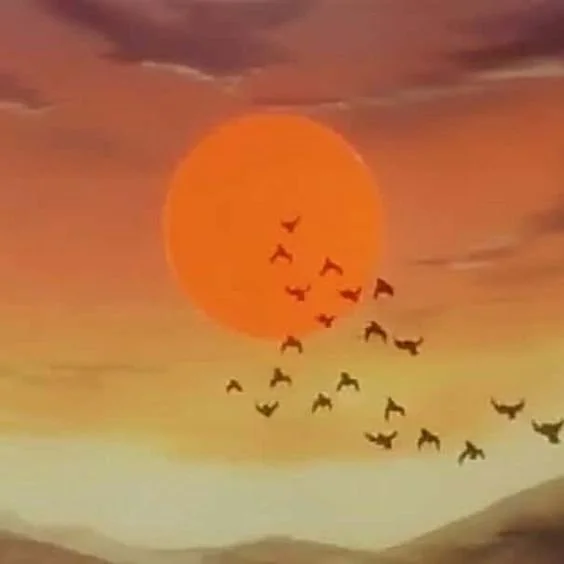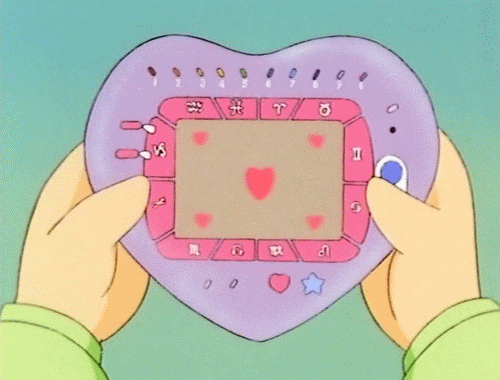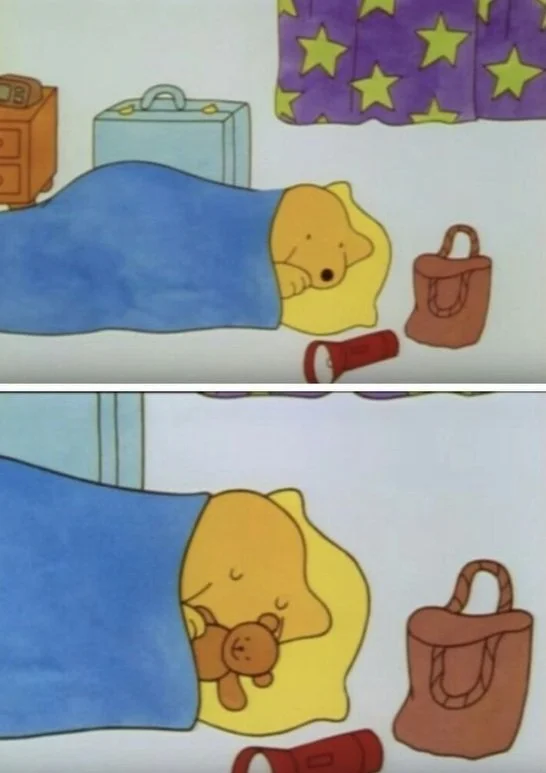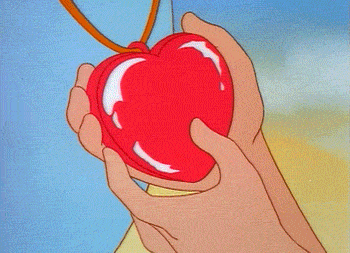from our newsletter, written by Linda Lin, RCC, CCC, RCAT
Underpaintings and impasto paintings* always reminded me of the history an artwork holds:
The layers upon layers of buried marks, hidden tries, vibrant stories and editions within a painting (aka. an experience).
They remind me of the dimensions and depth of heartwork, that can capture the sad and longing parts of grief and their gifts of creation and fulfillment that comes with heartwork.
* Underpainting is referred in traditional art as a thin wash or layer that you build on your image; playing with tones, to create depth.
Impasto painting is a technique in which paint is applied to a surface in a thick and textured manner, creating a three-dimensional effect.
Map of Grief / Gifts of Grief
Here’s your art therapy prompt:
In this practice, we will be tending to underpainting and impasto painting not as techniques, but as encouragement to make marks on a fresh blank canvas, revisit and build on our images as a container for your emotions.
Here are the materials you will be playing with:
Your choice of paint**: watercolours, acrylic paint, gouache or oil
Your choice of pencils/crayons: pens, pencil crayons, watercolour pencils
Your choice of materials that represent gifts: cool stickers, sparkly gel pens, dried pressed flowers, glitter, etc.
Part 1: A Wash ⽔ (water)
• Start off with a thin wash of your choice of paint as a base.
• Let it dry.
Part 2: Depth ⼟ (earth)
• Layer on with additional washes, or working your choice of pencils/crayons, add onto your image to create interest or depth.
• You may choose to play with symbols and metaphors in mind throughout this process.
• You can add as many layers as you wish.
Part 3: The Gifts ⼼ (heart)
• Hopefully this is a fun and enjoyable part: add on your coolest stickers, draw with sparkly gel pens, glitter, to represent the gifts of heartwork.
• Play with symbols and metaphors in mind and let your unique processing run free!
• You may even choose to revisit the image again and again to add or edit more layers and insights.
˚ ༘♡ ⋆。˚
**Please note that the more fluid the paint is, the less control you may have with the medium of choice. With this in mind, choose what you currently have emotional capacity for. Work with water-based paints with water-based pens and pencils or oil-based paints with oil-based crayons.
After you finish your art piece…
In a notebook or on a piece of paper (it can be on the back of your art piece too), scribble and note down anything that is within your capacity to reflect on from this exercise.
Here are reflection questions for you:
• Were there any moments of slowing down, points in time yearning for attention from you?
• If resistance showed up: can you name what tried to protect you from going into this exercise or going into points of your grief that may be too big to handle in the moment. You are welcome to draw the resistance out too.
How did that go for you? If you wanted to share your artwork or thoughts, feel free to email me at linda@deciphercounselling.com.
Save this art therapy prompt and know you don’t have to complete this and take parts of the prompt if it lands well for you. If you know someone who may need this, sharing is caring :)
Thanks so much for being here.











